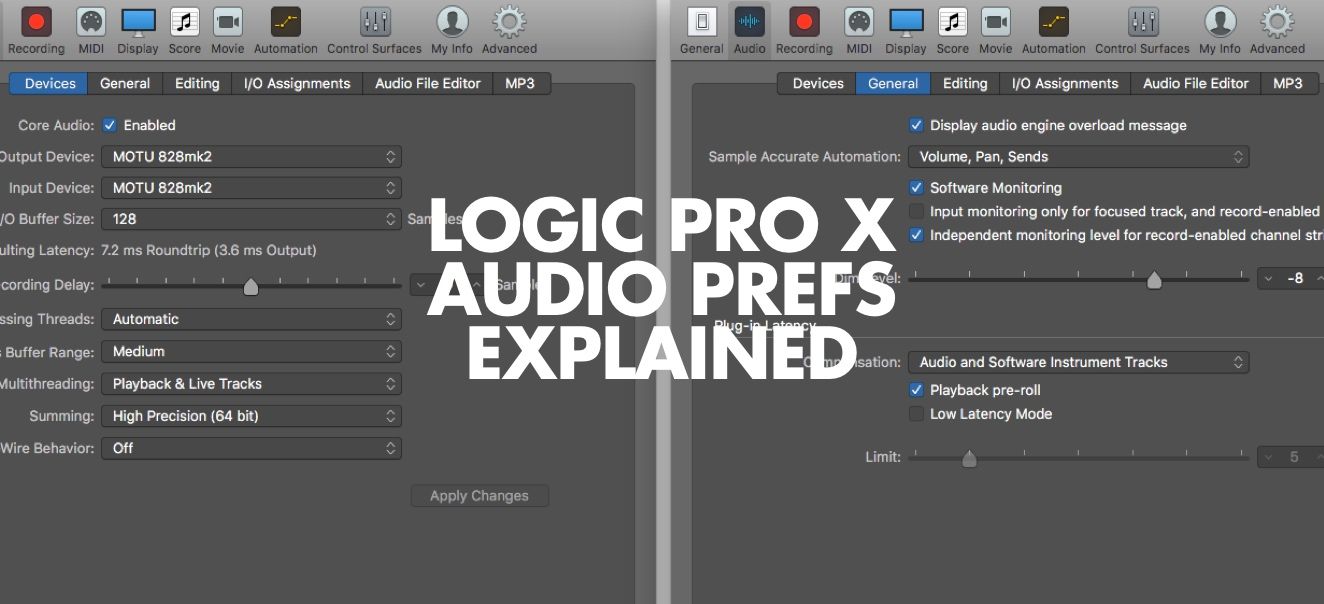

The plugin will copy theĬurrent BPM of your project when you first open it, but any subsequent tempo changes need to be made in the plugin manually.

Please make sure that the tempo of your Logic Pro project is the same as the tempo in the Band-in-a-Box ® DAW AU Plugin. Support Logic Pro is Out Of Sync with The Plugin It looks a little bit likeĪ wine glass with arrows pointing to it on the left and right. You can do this by clicking on the Catch Playahead button which is located above your track titles in the tracks window. If you're tired of your cursor going out of view while you're playing your project in Logic Pro, you can center the tracks window around the cursor during playback. This will only work with MIDI Band-in-a-Box ® styles. This should create several MIDI tracks instead of one.

Make sure there is ample unused track space in the tracks window and drag and drop from the blue rectangle to the bottom of the tracks window at the beginning of First, open the Band-in-a-Box ®ĭAW AU Plugin and then close all of the views except for the main tracks window by de-selecting any of the icons in the top left of the program. You can try to remedy this by following these instructions. Sometimes it will drop them at different locations in the timeline. Sometimes it will just drop the first track and ignore the rest, and Tips & Tricks Dropping Multiple MIDI Tracks Into Logic Proĭrag-and-dropping multiple MIDI tracks into Logic Pro can be a little challenging. Make sure your plugin folders are set correctly.In the plugin, go to File > Preferences.Create an instrument track and open the plugin.Open Logic Pro and create a new project.Run the Band-in-a-Box ® program installer.So there really is no reason to go searching for these classic video game synth sounds.ĭo you have a tutorial request? Do you have a tutorial of you own that you’d like to share? Let us know by send us a message today. And, it also gives you the chance to tweak them to fit in your projects exactly the way you need them to. So you see, you can recreate these classic 8-bit Nintendo sounds in NI Massive in less than a minute each.

First, load up a Square-Saw II wavetable, set it to sawtooth, add a Tele Tube Amp FX and them insert a Bitcrusher effect. Load up a sawtooth wave and insert a Bitcrusher effect and there you have it! The last sound is a slightly distorted, or crushed, version of the previous sound. The fourth sound in this tutorial is an 8-bit sawtooth wave synth. Simply turn up the Color and Amp on the Noise panel, set it to White Noise, and insert a Sample & Hold effect. This one is the only example that does not require the use of one of the main oscillators. The third sound featured is the noise sound that was used in plenty of classic games, although sparingly in most. This one uses both a Tele Tube Amp effect on the FX tab and a Sample & Hold insert effect. The second second covered is the triangle wave 8-bit synth. Almost too easy to call sound design, and the secret to making this one identical to the original is the use of a bitcrusher. The first sound showcased is the classic square, or pulse, wave 8-bit sound. It’s not just a fun thing to know, it can also be used in many different types of popular music today!
Logic pro 8 bit tutorial how to#
We have featured tutorials in the past that show how to make chiptune sounds with Massive, but this one is specifically focused on recreating a few of the most classic sounds used in old school Nintendo video games. It’s a nice thing to include, because you can really see and hear just how easy this stuff really is. In this video, you can see that there is a Super NES 8-bit emulator being used to compare the sounds being created throughout the lesson. There are plenty of sound packs out there you can buy that feature 8-bit sounds, but as you will see in this helpful tutorial making your own 8-bit Nintendo sounds in NI Massive is incredibly easy!


 0 kommentar(er)
0 kommentar(er)
